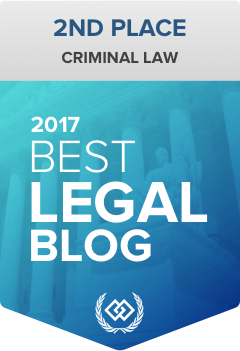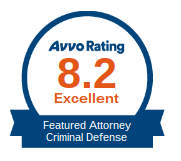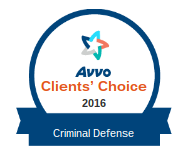Treatment has come a long way in the last decade. The “one size fits all” treatment model is no longer the go-to approach. Here is a list of some of the most common/effective treatment models that are being implemented today:
Traditional/12 Steps of AA Model:
Alcoholics Anonymous is the most widely used treatment for alcohol use disorder. It is mandated by the courts, accepted by mainstream medicine, and required by many insurance companies. This faith-based approach encourages members to work the 12 Steps of the “Big Book,” which spells out the philosophy, principles, and methods that are incorporated into AA. Though this abstinence-based approach is still very prevalent in treatment facilities, it is no longer viewed as the most effective strategy.
Motivational Interviewing (MI):
This is an evidence-based, collaborative, goal-oriented style of communication that pays specific attention to the language of change. It is designed to strengthen personal motivation and commitment to a distinct goal by eliciting and exploring the person’s own reasons for change within an accepting and compassionate atmosphere.
Cognitive Behavioral Therapy (CBT):
This type of therapy in which negative thought patterns of thought about the self and the world are challenged in order to alter unwanted behavior patterns or treat mood disorders, such as depression.
Three Principles of Health Realization (HR):
This therapy focuses on the nature of how the mind, consciousness, and thoughts can affect one’s experience of the world. HR teaches students that they can change how they react to their circumstances by becoming aware that they are creating their own experience as they respond to their thoughts, and by connecting to their “innate health” or “inner wisdom”.
Mindfulness:
This a cognitive-based therapy in which an individual focuses on becoming aware of all incoming thoughts and feelings and accepting them, yet not attaching or reacting to them. Because an individual typically returns to automatic cognitive processes, the goal of mindfulness is to focus less on incoming stimuli, and instead accept and observe them without judgment.
Trauma-Informed Care (“Seeking Safety”):
This model is grounded in and directed by a thorough understanding of the neurological, biological, psychological, and social effects of trauma and the prevalence of these experiences in persons who receive help with their mental health or alcohol/substance use disorder.
Dialectic Behavioral Therapy (DBT):
This approach is a specific type of cognitive-behavioral psychotherapy developed in the late 1980s by psychologist Marsha M. Linehan. It was created in order to better treat borderline personality disorder. Since its development, it has also been used for the treatment of other kinds of mental health disorders.
Relapse Prevention Therapy (RPT):
This is a cognitive-behavioral approach to the treatment of addictive behaviors that specifically addresses the nature of the relapse process and suggest coping strategies useful in maintaining change
Transtheoretical Model (TTM):
This is an integrative model of behavior change. Key constructs from other theories are integrated. The model describes how people modify a problem behavior or acquire a positive behavior.
Medication-assisted Treatment (MAT):
This model includes opioid treatment programs (OTPs), which combines counseling and behavioral therapy as well as medications to treat substance use disorders. Because heroin and painkillers have reached epidemic proportions in the United States, many clinicians agree that striving for only abstinence is not realistic. By incorporating more MAT programs, a broader population may be helped.
Integrated (Co-Occurring) Treatment:
Integrated treatment addresses mental and substance use conditions concurrently. In the past, people would receive treatment for alcohol or drug addiction, yet an underlying mental health disorder would never be addressed. Treating both conditions at the same time is more cost-effective, and is associated with: improved psychiatric symptoms and functioning, reduced substance use, decreased hospitalization, fewer arrests, and improved quality of life.
Sub-Populations
There are also treatment programs for specific sub-populations. Some examples of these are:
- LGBT
- Faith-based (Christian, Jewish, etc.)
- Race-specific
- Adolescence
- Elderly
- Women/men only
We have strong and lasting relationships with individuals and treatment centers that offer all of the above services. Your situation is unique, and we don’t expect you to flourish in a “one size fits all” type of treatment center. Our goals is to give you the keys to need to be successful in completing a chemical dependency program that’s right for you. To learn about all the available options, or to learn more about a specific service, contact Appelman Law Firm for more information.





